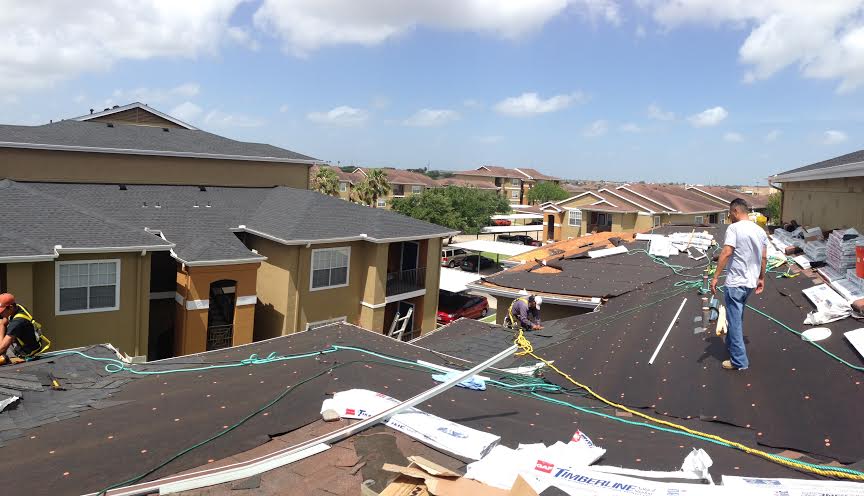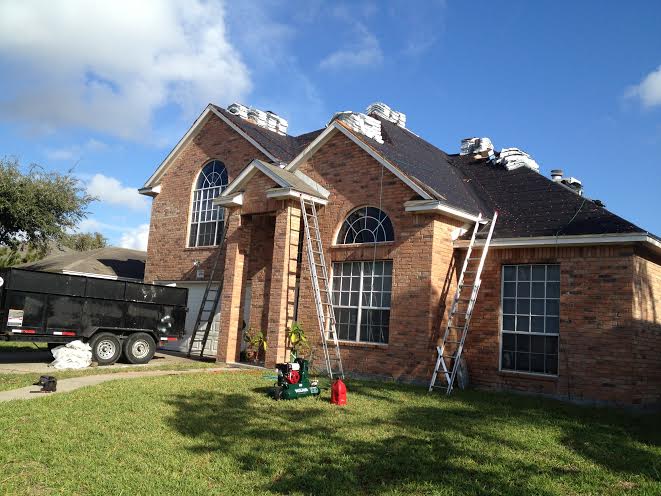Delaying roof repairs can have serious consequences for homeowners. In the long run, it can be more costly and lead to other problems, such as structural damage or water leakage.
If you suspect that there is a problem with your roof, it’s important to take action quickly in order to avoid costly repairs down the line.
This article will discuss why delaying roof repairs can be a big mistake and how taking prompt action could save time, money and hassle.
By understanding the risks associated with ignoring potential issues, readers will gain valuable insight into protecting their home from further damage.
The Danger Of Ignoring Problems
The consequences of inadequate maintenance on roofs can be far-reaching and costly. Ignoring problems, such as worn shingles or leaking gutters, can result in premature failure if not addressed immediately.
Delaying roof repairs could mean more money spent than necessary since the underlying issue is likely to become worse with time. This means that a simple repair may become a major roof replacement instead.
Furthermore, water damage caused by neglected roof issues can potentially lead to structural damage within the building itself. Poor ventilation due to blocked ducts or old components can also cause mold growth inside your home, which leads to health risks for occupants.

Costly Repairs
As time passes, the effects of neglecting roof repairs can be quite costly. Avoiding inspections and delaying shingle repair or replacement often leads to more extensive damage down the road.
It is not uncommon for homeowners who have neglected their roofs to soon find themselves with a need for additional repairs that could have been avoided by tending to their roof in a timely fashion. Many times these costly repairs include replacing entire sections of shingles which can amount to thousands of dollars depending on the size of the roof and how much material needs to be replaced.
Furthermore, if an inspection reveals water penetration into the home’s structure due to roof deterioration, then even more significant repairs may be needed such as drywall patching or wood rot repair. Thus, it is best practice for homeowners to conduct regular inspections and address any issues immediately rather than wait until further damage has occurred.
Structural Damage
Delaying roof repairs can be a big mistake as it can cause significant damage to the structure of the house. Water leaking through broken shingles or deteriorating seals can weaken the framework, leading to sagging or warping beams and joists, resulting in an unstable environment for the building’s occupants.
This water intrusion can also lead to rot on any untreated wood beneath the surface, which further weakens the structure. Poor ventilation caused by inadequate insulation will allow condensation to form within walls, damaging foundations and other structural elements. Not only is this dangerous, but it may require costly repairs that could have been avoided if the roof had been fixed initially.
Furthermore, neglecting regular maintenance of your roof will reduce its lifespan significantly and increase repair costs over time due to accelerated deterioration from exposure to weather conditions such as wind, rain and snow. A poorly maintained roof can even become hazardous for those living inside who are unaware of potential risks like weakened rafters and ceilings caving in unexpectedly.
It is important not only to keep up with regular inspections but also take immediate action when problems arise before they get worse and potentially put people at risk of serious injury or death from structural collapse.
Water Leakage
Delaying roof repairs can lead to more serious problems such as water leakage. Water damage is one of the most common and costly issues that homeowners face when they wait too long to repair their roofs.
When water enters a building, it creates an environment conducive for mold growth, dry rot, and wood decay. It also puts strain on electrical wiring which can result in short circuits or even fire hazards. Furthermore, prolonged exposure to moisture can cause paint and wallpaper to peel off walls and ceilings due to rotting wood underneath.
Moreover, leaks are not always easy to detect since they may occur around windows or behind cladding boards where they cannot be seen. The longer these types of hidden leaks go undetected, the greater the amount of structural damage becomes over time.
As such, roofers recommend scheduling annual inspections so any potential issues can be identified early on before becoming major problems. Taking preventive steps towards keeping your roof well-maintained ensures that you do not incur large costs from extensive water damage down the line.
Mold Growth
When it comes to roof repairs, there is often the temptation to delay them. However, this can have serious consequences if not addressed in a timely manner.
One of these issues is mold growth which occurs due to water leakage and could cause structural damage as well as premature aging of the roof material.
Water leakage into roofs can occur for several reasons such as weather weariness or age-related deterioration that has been exacerbated by extreme temperatures or storms.
Once moisture seeps into walls and ceilings, it can eventually create an ideal environment for mold growth.
Mold spores thrive on damp materials and quickly reproduce, creating colonies under buildings’ surfaces that can weaken their structure and lead to air quality problems.
Furthermore, prolonged exposure to water will also cause rapid deterioration of the building’s construction materials leading to costly repair work and even premature aging of the roofing system itself.
Loss Of Energy Efficiency
Delaying roof repairs can have a detrimental effect on the energy efficiency of your home, leading to potentially costly damage and higher bills. It is therefore important that any necessary maintenance work is carried out in a timely manner.
Without regular upkeep, an aging or damaged roof may begin to leak heat or air conditioning which will result in increased energy costs for the homeowner. Additionally, extreme weather conditions such as snow and rain can further exacerbate any existing problems with insulation or ventilation. This could lead to additional long-term damage if not addressed promptly, including mold growth and structural weakening due to water infiltration.
Therefore, it is essential for homeowners to assess their roofs regularly for signs of deterioration so they can take preventive measures before larger issues arise. Regular inspections by qualified professionals are recommended to identify potential risks and tackle them quickly before more substantial repair efforts become needed.

Reduced Property Value
Delaying roof repairs can lead to more than just energy efficiency losses. Over time, a damaged roof can cause premature aging of the entire structure, leading to decreased property value and higher insurance premiums.
As water penetrates through cracks in the roofing material, it soaks into underlying wooden structures such as rafters, beams and joists. This causes rotting or warping which weakens the overall integrity of a building’s support system.
In addition, trapped moisture encourages the growth of mold and mildew that can create an unhealthy environment for occupants. The resulting damage is often not easily reversed and requires costly repair work or even complete replacement of sections of a roof or other structural components.
Insurance companies are well aware of this risk and may charge higher premiums on properties with roofs that appear aged or deteriorated due to deferred maintenance.
Conclusion
Delaying roof repairs can be a costly mistake. Unaddressed issues such as structural damage, water leakage and the growth of mold can have serious consequences for homeowners. These problems can lead to increased energy costs from decreased efficiency and may even reduce property values.
To avoid these risks, it is important for homeowners to take care of their roofs in a timely manner. Regular inspection and maintenance are key components of keeping a roof functioning optimally and protecting the home for years to come. Taking prompt action when needed ensures that small repair jobs do not become large-scale projects requiring expensive materials or labor to fix.
